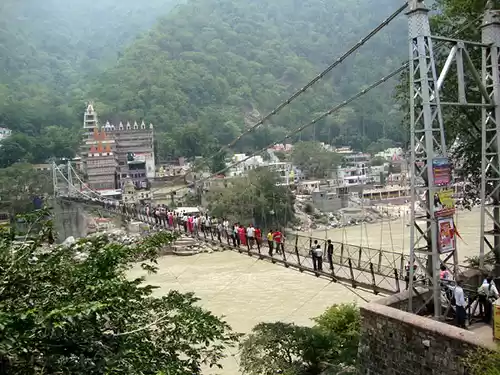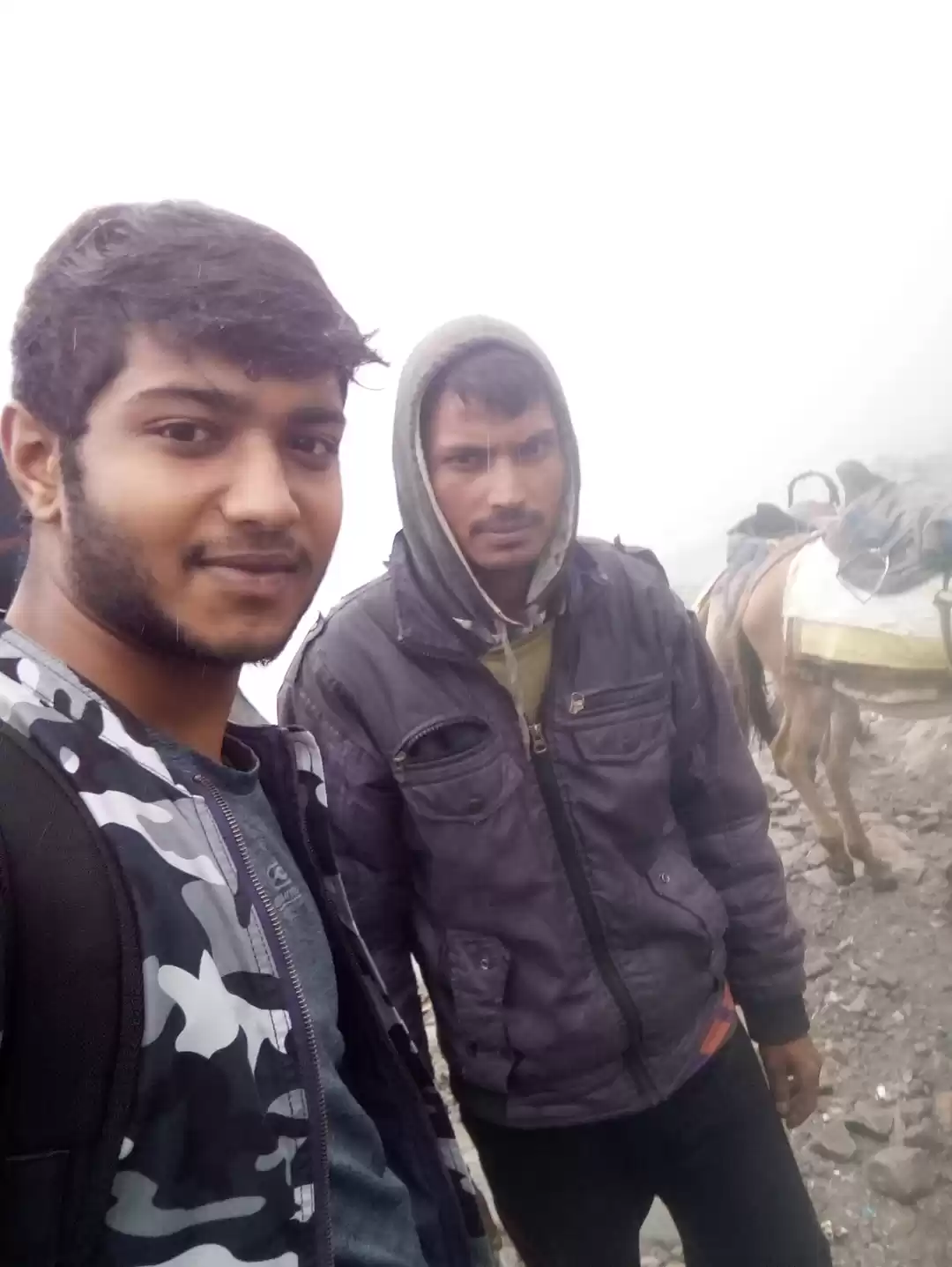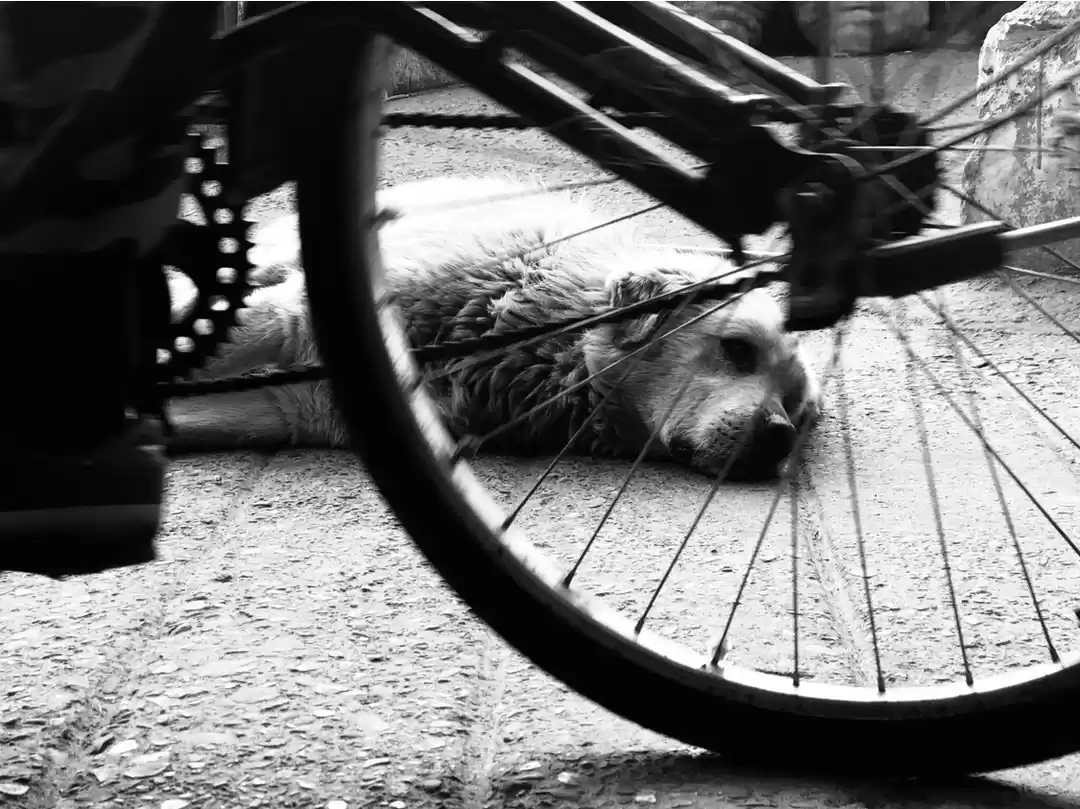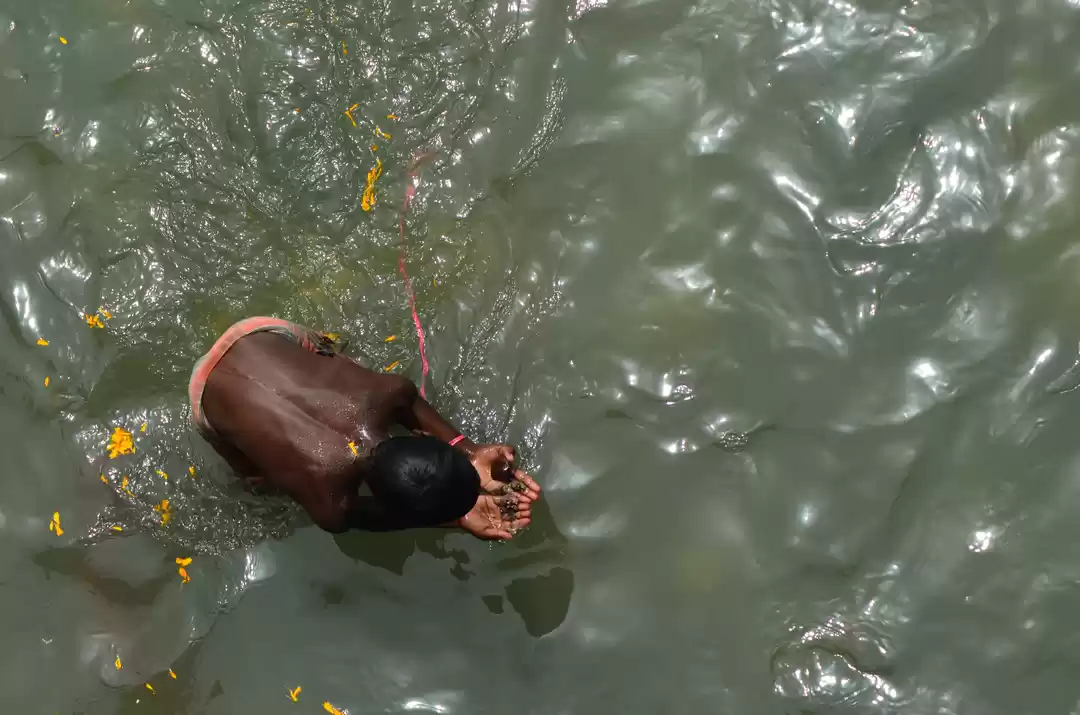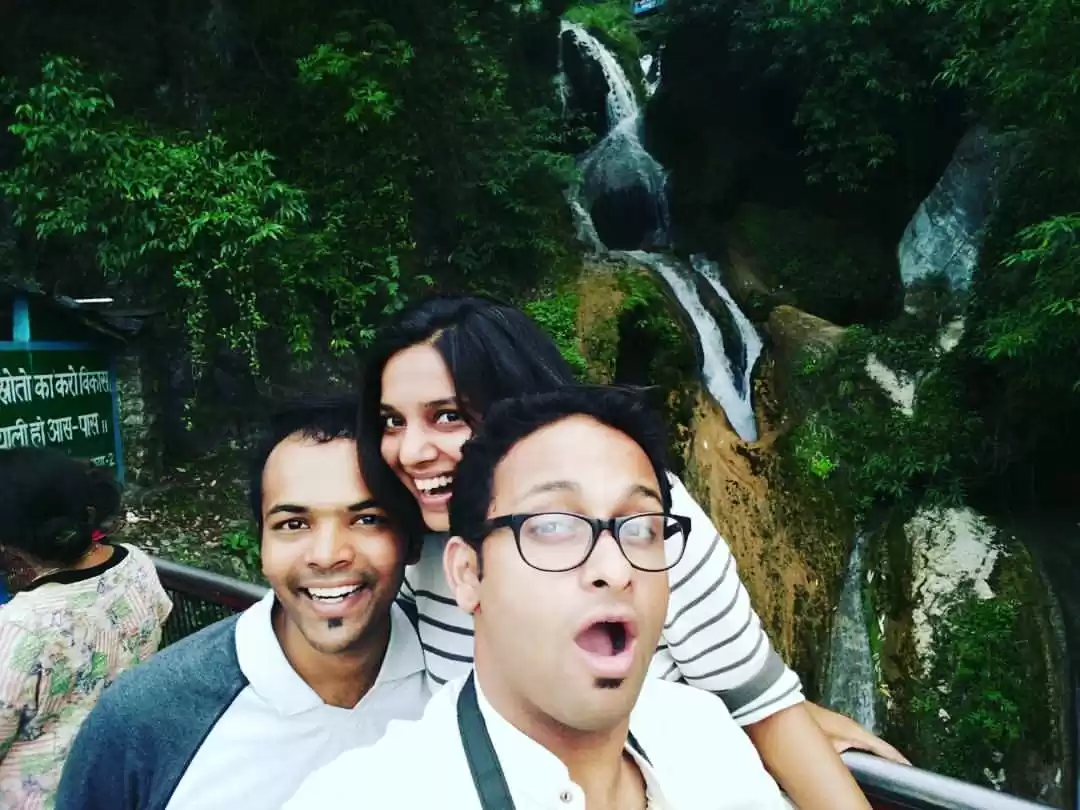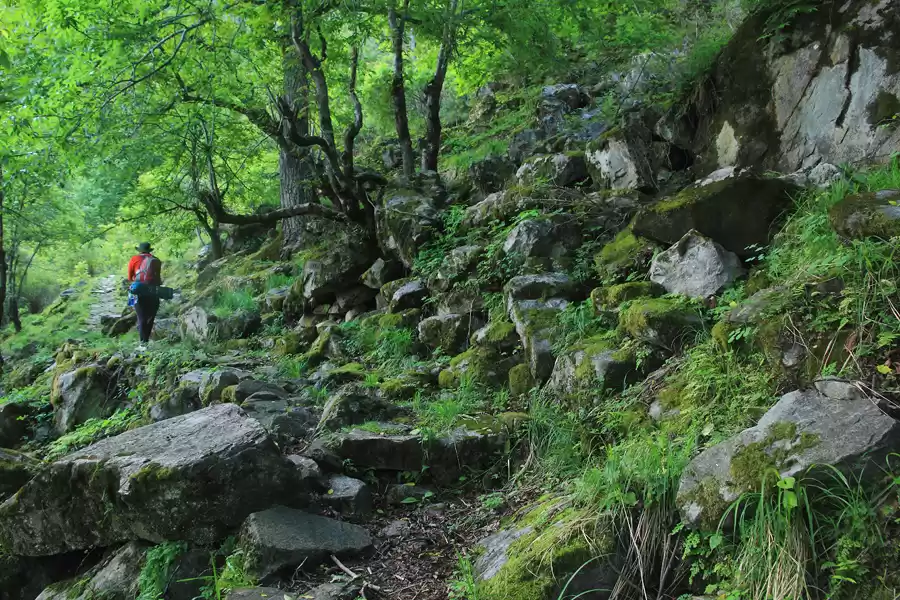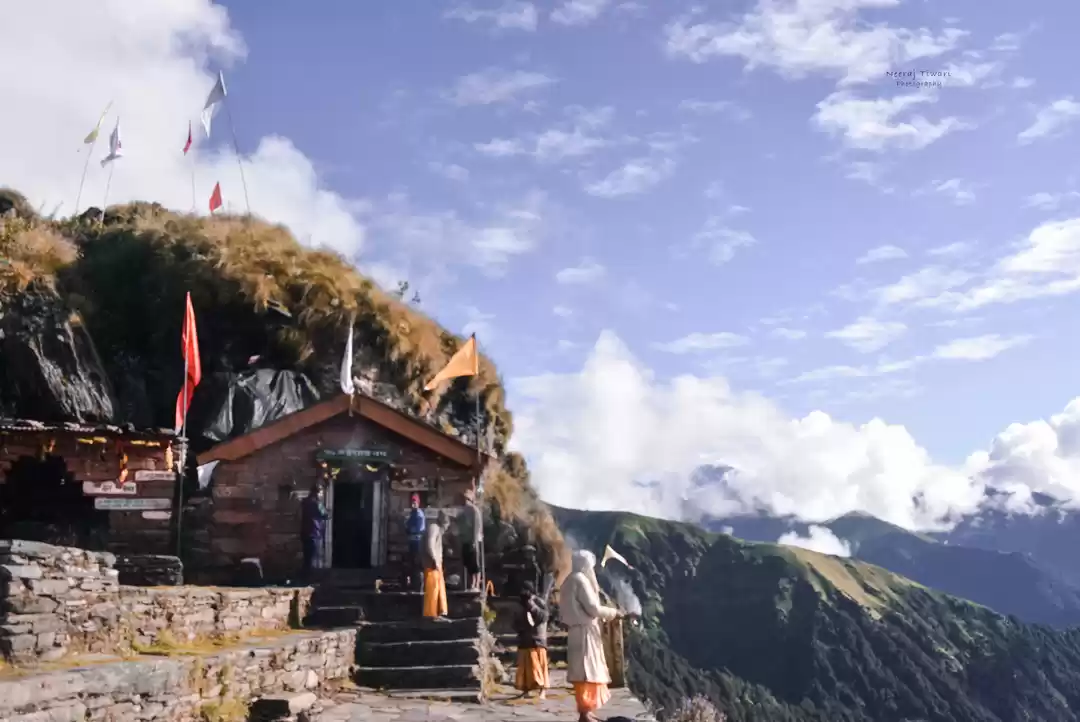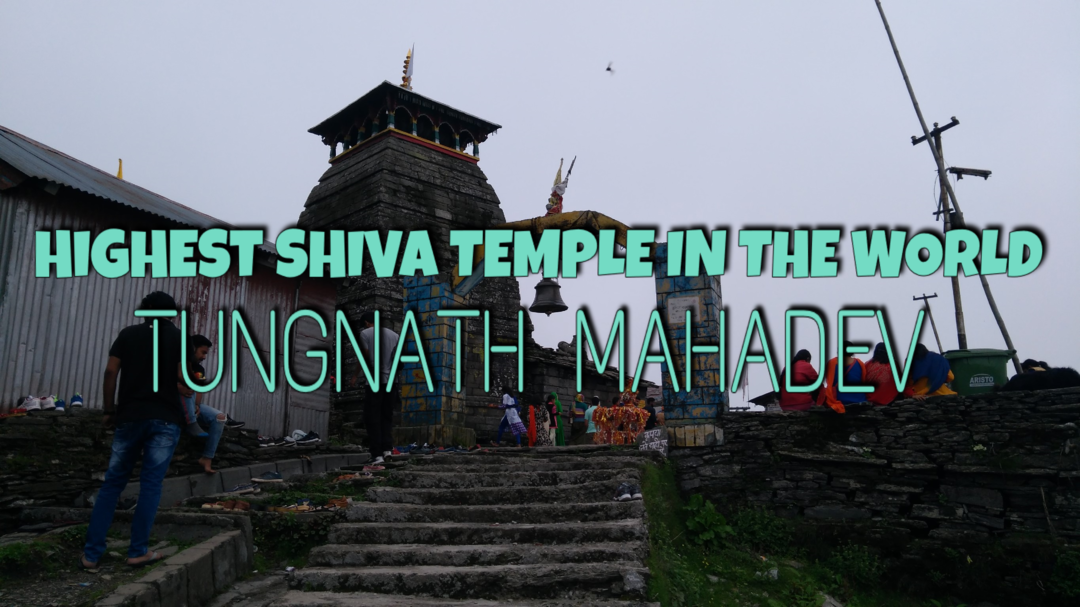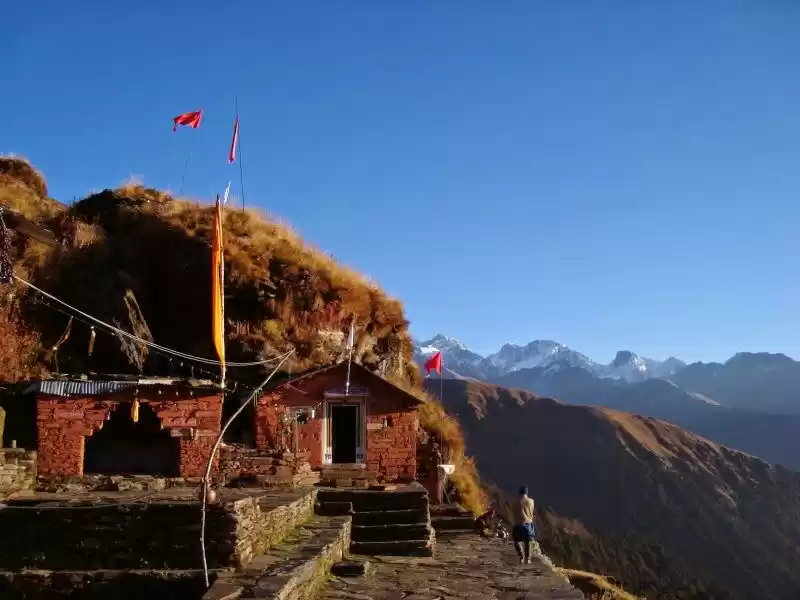Are you looking for a spiritual and adventurous destination in the Himalayas? Do you want to experience the beauty and mystery of one of the most sacred places for Hindus? If yes, then Rudranath is the place for you. Rudranath is one of the Panch Kedar temples dedicated to Lord Shiva, located in the Garhwal Himalayas of Uttarakhand. It is a place where you can witness the divine face of Lord Shiva, surrounded by majestic peaks, lush meadows, and serene streams. It is also a place where you can challenge yourself with a thrilling trek through some of the most scenic and rugged terrains in India.
In this article, we will provide you with a comprehensive guide for travelers who want to visit Rudranath and explore its spiritual and natural wonders.

History and Legend of Rudranath
Rudranath has a rich and fascinating history that dates back to the ancient times of Hindu mythology and culture. According to the legend, Rudranath was established by the Pandavas, the five heroic brothers who fought in the epic Mahabharata war. After the war, they felt guilty for killing their cousins, the Kauravas, and sought forgiveness from Lord Shiva. However, Lord Shiva was angry with them and refused to grant them pardon. He took the form of a bull and hid in different places in the Himalayas, leaving behind different parts of his body as the Panch Kedar temples. Rudranath is where his face appeared, and hence it is also known as Mukh Kedar or Face Temple.
The Pandavas built a stone temple at Rudranath to worship Lord Shiva’s face, which is carved on a rock inside the sanctum. The face has a serene and benevolent expression, with eyes closed and a smile on the lips. The face is adorned with flowers every day by the priests, who also perform a ritual called shingar (beautification) by applying sandalwood paste, vermilion, and other cosmetics. The face is also bathed with water from a nearby stream, which is believed to have healing properties.
Rudranath is also associated with some other legends, such as the presence of divine sages like Narada, Vyas, and Kanva, who meditated here and attained enlightenment. It is also believed that celestial nymphs like Urvashi and Menaka used to visit here and bathe in the holy water tanks around the temple. These water tanks are named after them and other deities, such as Surya Kund (Sun Tank), Chandra Kund (Moon Tank), Tara Kund (Star Tank), etc.
Trekking to Rudranath
One of the main attractions of visiting Rudranath is the trek that leads to it. Rudranath is not accessible by road or any other means of transport. The only way to reach it is by foot, through some of the most scenic and rugged terrains in India. The trek to Rudranath is considered to be one of the most challenging and rewarding treks in Uttarakhand, as it offers stunning views of snow-capped peaks, lush meadows, dense forests, cascading waterfalls, ancient caves, and quaint villages.
There are four main routes to reach Rudranath from different starting points:
Sagar Village to Rudranath: This is the shortest and most popular route to reach Rudranath. It starts from Sagar Village, which is about 3 km from Gopeshwar, the district headquarters of Chamoli. The trek distance is about 20 km (one way), which can be covered in two days. The trek passes through places like Liti Bugyal (a grassy meadow), Panar Bugyal (a vast meadow with panoramic views), Pitradhar (a ridge where ancestors are worshipped), and Bantoli (a camping site near a stream).
Helang to Urgam to Rudranath: This is another route that starts from Helang, which is about 15 km from Joshimath on the Rishikesh-Badrinath highway. The trek distance is about 21 km (one way), which can be covered in two days. The trek passes through places like Urgam Village (a picturesque village with apple orchards and terraced fields), Kalpeshwar Temple (where Lord Shiva’s hair or jata is worshipped), Dumak (a camping site near a forest), and Naola Pass (a high-altitude pass with views of Nanda Devi peak).
Mandal to Anusuya Devi Temple to Rudranath: This is a longer and less frequented route that starts from Mandal Village, which is about 13 km from Gopeshwar. The trek distance is about 45 km (one way), which can be covered in three or four days. The trek passes through places like Anusuya Devi Temple (a temple dedicated to a goddess who is revered for her devotion and generosity), Hansa Bugyal (a meadow with views of Chaukhamba peak), Naag Kund (a lake where a snake god is worshipped), and Dhanpal (a camping site near a stream).
Gopeshwar to Panar Bugyal to Rudranath: This is the longest and most difficult route that starts from Gopeshwar, the district headquarters of Chamoli. The trek distance is about 50 km (one way), which can be covered in four or five days. The trek passes through places like Ransi Village (a village with a temple of Lord Shiva), Nandikund (a glacial lake with views of Nanda Ghunti peak), Rudranath Pass (a high-altitude pass with views of Trishul peak), and Panar Bugyal (a vast meadow with panoramic views).
The trek to Rudranath is not for the faint-hearted, as it involves steep ascents and descents, narrow trails, rocky patches, and unpredictable weather. However, it is also a rewarding experience, as it offers a chance to witness the beauty and diversity of nature, as well as the culture and lifestyle of the local people. The trek also provides an opportunity to visit some other attractions along the way, such as Madhyamaheshwar Temple (another Panch Kedar temple), Chopta (a popular hill station), Tungnath Temple (the highest Shiva temple in the world), and Chandrashila Peak (a panoramic viewpoint).

Visiting Rudranath Temple
Once you reach Rudranath Temple, you will feel a sense of awe and reverence for the divine presence of Lord Shiva. The temple is located at an altitude of 3,600 meters above sea level, surrounded by majestic peaks like Nanda Devi, Trishul, Nanda Ghunti, Chaukhamba, etc. The temple is made of stone and has a conical shape. It is small and simple, but has a unique charm and sanctity.
The temple is open from morning to evening, and there are no fixed timings for the pooja rituals. The priests are local villagers who belong to the Bhandari clan. They perform the pooja rituals with devotion and dedication, and also offer prasad (sacred food) to the pilgrims. The pilgrims can also participate in the pooja rituals by offering flowers, fruits, sweets, or money to Lord Shiva.
The temple is open throughout the year, except for the winter months when it is closed due to heavy snowfall. During this time, the idol of Lord Shiva is shifted to Gopeshwar for worship. The temple reopens in May or June, when a grand procession called doli yatra carries the idol back to Rudranath. This is a festive occasion that attracts thousands of devotees from far and wide.
The temple also celebrates an annual fair on the full moon day in June or July, which coincides with the Hindu festival of Vat Purnima. This is a special day when married women worship Lord Shiva and his consort Parvati for the long life and happiness of their husbands. The fair also features cultural programs, folk dances, and local delicacies.
When visiting Rudranath Temple, there are some dos and don’ts that you should follow to respect the local customs and beliefs. Some of them are:
- Do not consume alcohol or non-vegetarian food in or around the temple premises.
- Do not litter or pollute the environment in any way.
- Do not pluck flowers or plants from the meadows or forests.
- Do not disturb or harm any animals or birds that you may encounter.
- Do maintain cleanliness and hygiene at all times.
- Do dress modestly and appropriately for the temple visit.
- Do seek permission before taking photographs or videos of the temple or the priests.
- Do carry enough water and snacks for your trek.
- Do carry warm clothes and raincoats for your trek.
Sightseeing around Rudranath
If you have some extra time and energy after visiting Rudranath Temple, you can also explore some nearby places that offer more sightseeing and adventure opportunities. Some of them are:
Madhyamaheshwar Temple: This is another Panch Kedar temple that is dedicated to Lord Shiva’s navel or belly button. It is located at an altitude of 3,289 meters above sea level, about 25 km from Rudranath. It is accessible by a trek from Ransi Village or Ukhimath Town. The temple has a stone structure with a pyramidal roof. It also has a brass idol of Lord Shiedar temple that is dedicated to Lord Shiva’s hair or jata. It is located at an altitude of 2,200 meters above sea level, about 12 km from Rudranath. It is accessible by a trek from Helang or Urgam Village. The temple is situated inside a natural cave, where a matted lock of Lord Shiva’s hair can be seen hanging from the ceiling. The temple also has a silver idol of Lord Shiva and a bronze idol of Parvati. The temple is surrounded by dense forests and orchards, and is also known as the hair salon of Lord Shiva.
Nandikund: This is a glacial lake that is located at an altitude of 4,750 meters above sea level, about 15 km from Rudranath. It is accessible by a trek from Panar Bugyal or Dhanpal. The lake is considered to be sacred, as it is believed to be the place where Lord Shiva gave his bull form to Nandi, his loyal vehicle and companion. The lake also offers spectacular views of the Himalayan peaks, such as Nanda Devi, Trishul, Nanda Ghunti, etc.
Chopta: This is a popular hill station that is located at an altitude of 2,680 meters above sea level, about 40 km from Rudranath. It is accessible by road from Gopeshwar or Ukhimath. Chopta is known as the mini Switzerland of India, as it boasts of lush green meadows, pine and deodar forests, and colorful flowers. Chopta is also the base camp for the trek to Tungnath Temple and Chandrashila Peak, which are two of the most sought-after destinations for trekkers and nature lovers.
Tungnath Temple: This is another Panch Kedar temple that is dedicated to Lord Shiva’s arms or bahu. It is located at an altitude of 3,680 meters above sea level, about 4 km from Chopta. It is accessible by a trek from Chopta, which takes about two hours. Tungnath Temple is the highest Shiva temple in the world, and also one of the oldest temples in India. The temple has a stone structure with a wooden roof. It also has idols of other gods and goddesses, such as Parvati, Ganesha, Kartikeya, etc. The temple offers breathtaking views of the Himalayan peaks, such as Kedarnath, Chaukhamba, etc.
Chandrashila Peak: This is a panoramic viewpoint that is located at an altitude of 4,000 meters above sea level, about 1 km from Tungnath Temple. It is accessible by a trek from Tungnath Temple, which takes about half an hour. Chandrashila Peak is the highest point in the region, and offers a 360-degree view of the Himalayan ranges. It is also a place of historical and religious significance, as it is believed to be the place where Lord Rama meditated after killing Ravana, and where Lord Vishnu blessed the moon god Chandra with his radiance.
Rafting in Upper Alaknanda: This is a thrilling water sport that can be enjoyed in the Upper Alaknanda River, which flows near Rudranath. It is accessible by road from Gopeshwar or Joshimath. Rafting in Upper Alaknanda offers an adrenaline rush and a chance to witness the beauty and diversity of the river valley. The rafting stretch covers about 25 km, and passes through rapids of different grades and names, such as Hillary Fall, Kakar Fall, Three Blind Mice, etc.
Badrinath Temple: This is one of the Char Dham sites that are considered to be the most sacred places for Hindus. It is located at an altitude of 3,133 meters above sea level, about 100 km from Rudranath. It is accessible by road from Joshimath or Chamoli. Badrinath Temple is dedicated to Lord Vishnu, who is worshipped here as Badri Narayan or the Lord of Berries. The temple has a colorful facade with a conical roof. It also has a black stone idol of Lord Vishnu in a meditative posture. The temple also has a hot spring called Tapt Kund, where pilgrims take a dip before entering the temple.
Shopping in Chamoli: This is a place where you can buy some local handicrafts and souvenirs from Rudranath and its nearby places. Chamoli is the nearest town to Rudranath, and it has a market where you can find items such as woolen shawls, caps, sweaters, carpets, paintings, idols, etc. You can also find some local delicacies such as bal mithai (a sweet made of milk solids and sugar balls), singori (a sweet made of khoya and coconut wrapped in a leaf), etc.
Conclusion
Rudranath is a place that offers a mystical journey to the abode of Lord Shiva, where you can experience the beauty and mystery of one of the most sacred places for Hindus. It is also a place that offers a challenging and rewarding trek through some of the most scenic and rugged terrains in India. It is a place that will leave you with unforgettable memories and impressions.
If you are looking for a spiritual and adventurous destination in the Himalayas, Rudranath is the place for you.
























